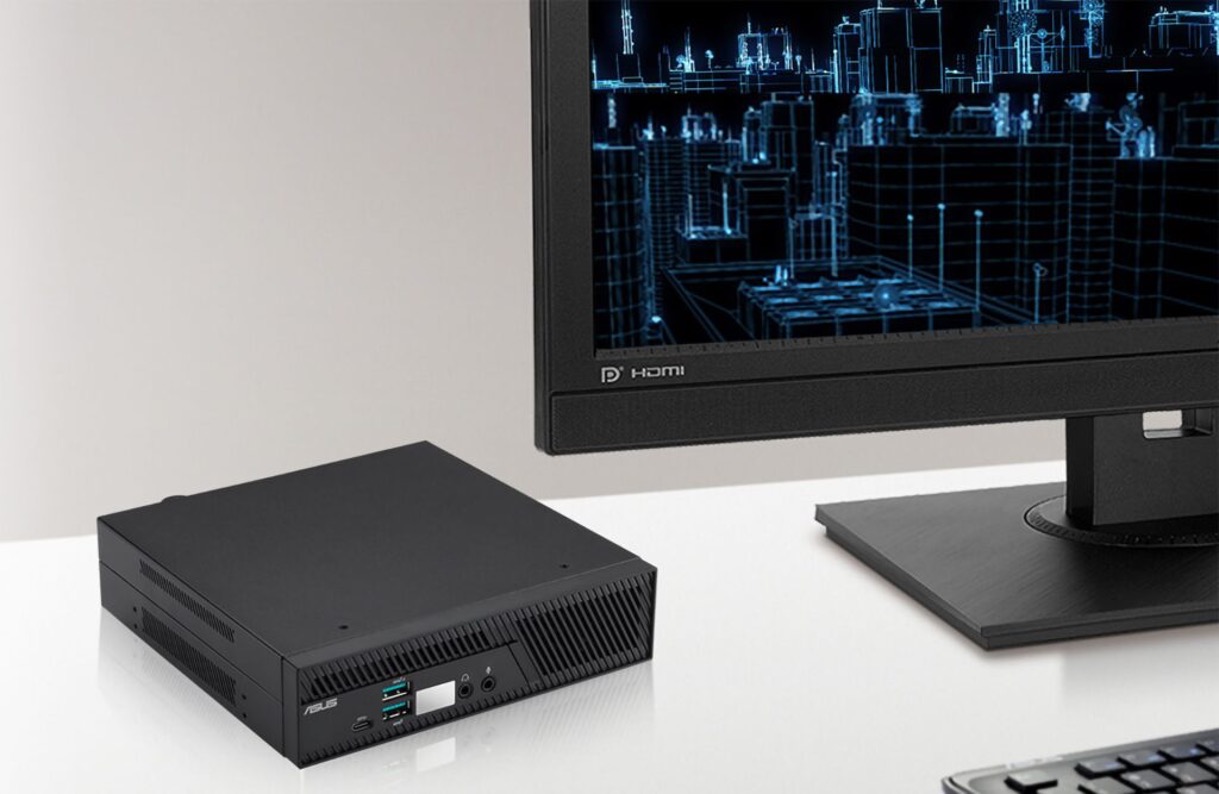Introduction
Welcome to the world of mini PCs!
These small but mighty devices have become increasingly popular as a space-saving and energy-efficient alternative to traditional desktop computers.
In this article, we will explore the various factors to consider when purchasing a mini PC.

Mini PCs offer a wide range of benefits.
Another advantage of mini PCs is their portability.
While mini PCs may offer numerous advantages, its important to note that they do come with some trade-offs.
Lets take a closer look at how mini PCs compare to their larger counterparts.
Size and Space: The most obvious difference between mini PCs and traditional PCs is their size.
Mini PCs are compact and lightweight, typically measuring just a few inches in width and depth.
Portability: Mini PCs are designed with portability in mind.
Performance: Traditional desktop computers generally offer higher performance capabilities compared to mini PCs.
Upgradability: One advantage of traditional desktop computers is their upgradability.
Mini PCs, on the other hand, often have limited upgrade options due to their compact design.
Power Consumption: Mini PCs are generally more energy-efficient compared to traditional desktop computers.
Traditional desktop PCs tend to consume more power, especially high-performance models that require more cooling and power-hungry components.
Cost: In terms of cost, mini PCs offer a more economical option for most users.
They are typically more affordable compared to traditional desktop computers, making them an attractive choice for budget-conscious individuals.
If you value space efficiency, portability, and energy savings, a mini PC is a great option.
Consider your usage requirements, available space, and budget before making a decision.
Each operating system has its own strengths and considerations to keep in mind.
The Microsoft Store provides easy access to various apps and entertainment options.
Windows also offers excellent hardware compatibility, especially with mainstream brands and components.
This allows for easy installation and configuration of peripherals such as printers, scanners, and gaming controllers.
Linux is favored by tech-savvy users, developers, and those who value privacy and security.
One of the major advantages of Linux is its stability and performance.
It is also highly customizable, allowing users to personalize their desktop environment and optimize their workflow.
Another key benefit of Linux is its robust security.
Its essential to understand the differences between these two storage technologies to make an informed decision.
This makes them an excellent choice for those who value speed and responsiveness in their mini PC.
They are also silent as they produce no noise during operation.
Another advantage of SSDs is their low power consumption, which translates to better battery life for portable devices.
However, SSDs generally come with a higher cost per gigabyte compared to HDDs.
This means that for the same storage capacity, youll typically pay more for an SSD.
HDD:Hard Disk Drives use magnetic spinning disks and mechanical read/write heads to store data.
They have been the standard storage option for decades and offer larger storage capacities at a more affordable price.
They are also bulkier and heavier than SSDs, making them less suitable for portable mini PCs.
If speed, durability, and energy efficiency are your priorities, an SSD is the way to go.
Ultimately, the choice between an SSD and HDD depends on your specific needs and budget.
It shares system memory and resources with the CPU.
Integrated GPUs are sufficient for everyday tasks such as web browsing, office applications, and multimedia playback.
They are power-efficient and generate less heat compared to dedicated GPUs.
The performance of integrated GPUs varies depending on the specific model and generation.
Intel processors often come with integrated Intel HD Graphics, while AMD processors feature integrated Radeon Graphics.
They deliver higher frame rates, smoother gameplay, and better visual quality compared to integrated GPUs.
NVIDIA GeForce and AMD Radeon are two popular brands that offer a wide range of dedicated graphics cards.
They may also come at a higher price point compared to mini PCs with integrated GPUs.
Consider your specific graphical needs and budget when choosing between integrated and dedicated GPUs in your mini PC.
If you primarily use your mini PC for everyday tasks and multimedia, an integrated GPU may suffice.
Regularly clean the vents and use compressed air to remove any accumulated dust to maintain optimal cooling performance.
Price: Setting a budget
Setting a budget is an important step when purchasing a mini PC.
Each brand brings its own unique features, specifications, and design elements.
These insights can provide valuable information and help you make a more informed decision.
Not every user experience will align with your own needs and expectations.
Look for patterns and commonalities in the feedback to help guide your decision-making process.
Consider your specific use cases, budget, and prioritized features when evaluating reviews and recommendations.
Take advantage of any available customer reviews or ratings to gauge the reliability and customer satisfaction of the seller.
Its also worth noting that timing can play a role in finding the best deals.
Patience and diligence can pay off when it comes to finding the best deals on your mini PC.
Decide on an operating system, considering the user-friendly interface of Windows and the customization options of Linux.
Setting a budget is important to ensure you find a mini PC that balances your requirements and affordability.